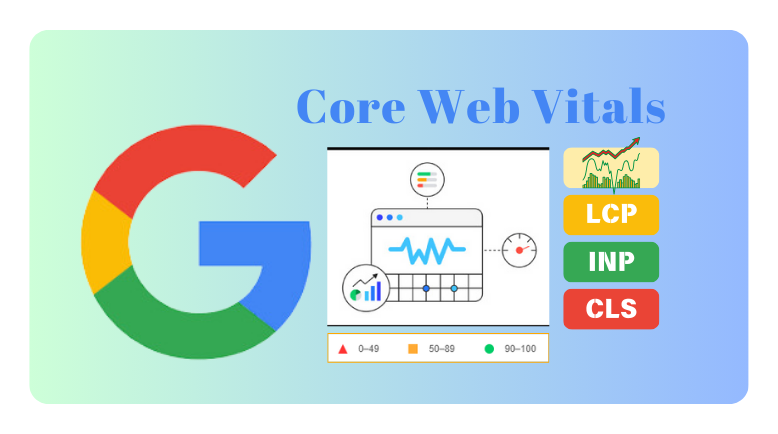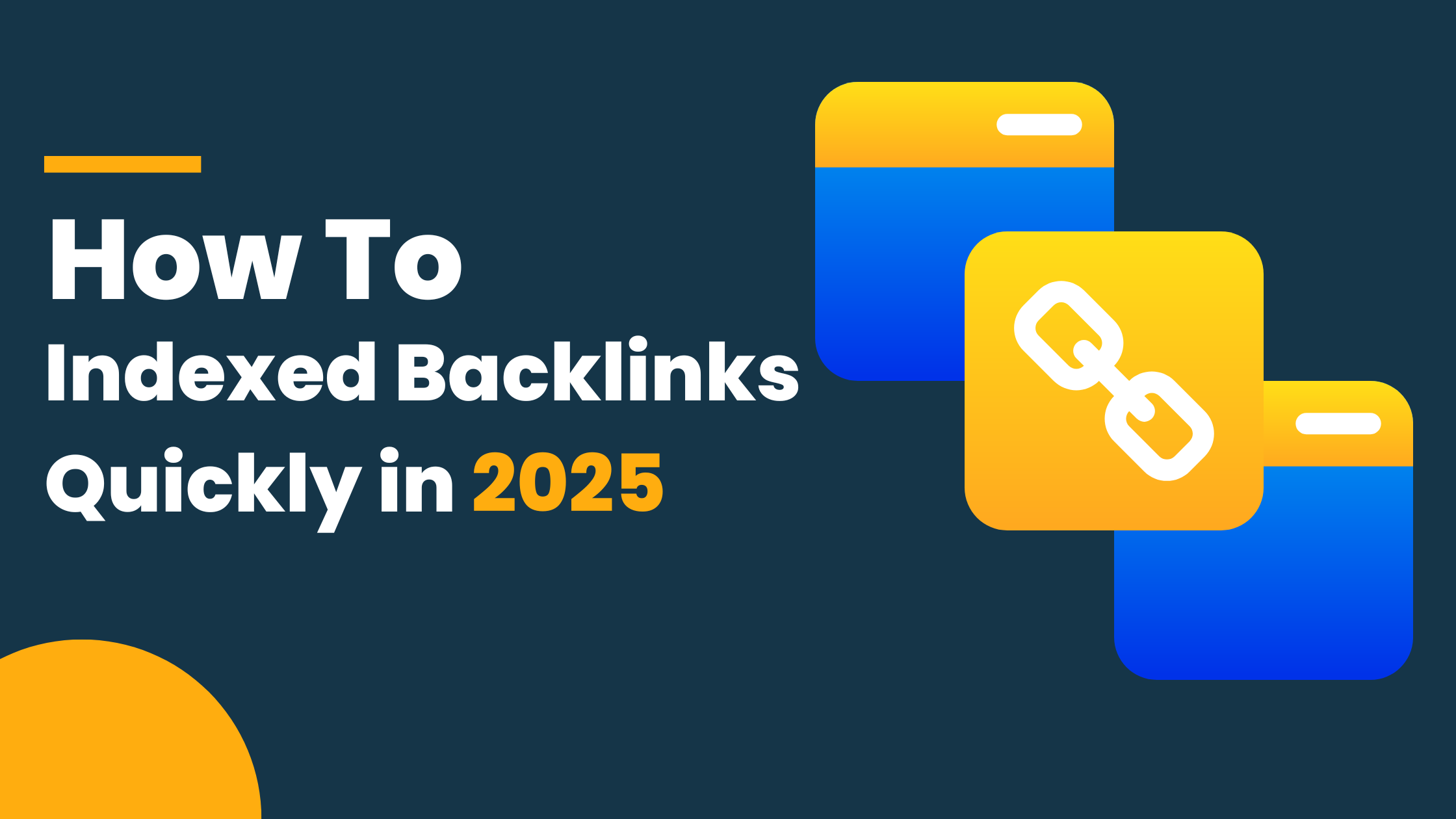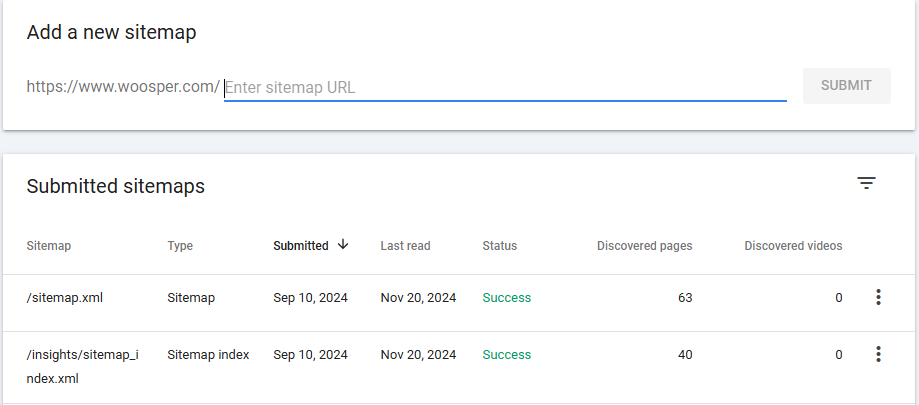Businesses must possess the necessary technical know-how and implement it to secure a dominant position in the digital market by 2025. This is where Technical SEO comes in. This is essential for boosting website performance and visibility in search engines. From optimizing site speed to enhancing mobile usability, these factors significantly impact rankings. With professional SEO services, you can address complex technical issues effectively. Since search engines now prioritize user experience, technical SEO has become more important than ever. Here, we break down the 11 most important technical SEO aspects for 2025 to help you achieve sustainable online growth.
What is Technical SEO?
Technical SEO is the optimization of a website’s infrastructure to make it crawl, index, and rank better on search engines. In contrast to on-page SEO, which concentrates on keywords and content, technical SEO takes care of a website’s backend components, including its usability, security, performance, and structure. Enhancing elements like mobile responsiveness, XML sitemaps, and site architecture all contribute to increased search engine visibility. Working with the best SEO marketing company will ensure that your website is technically optimized to its maximum potential.
How Technical SEO Works?
- Crawlability: Guarantees that search engines are able to access and analyze all of the website’s pages.
- Site structure: Creating a website’s general layout to make it easier for users and search engines to navigate.
- Site speed: Better loading speed of website pages leads to improved user experience and simultaneously lowering its bounce rates.
- Secure HTTPS: Boosts ranks and guarantees that the website is secure with SSL certification.
- XML sitemaps: These helps search engines understand the website structure and index it properly.
- Canonical tags: Direct search engines to the desired page version, preventing duplicate content problems.
- Mobile friendliness: Google now uses mobile-first indexing to optimize the site for smooth mobile usability.
Why Technical SEO is Important?
- Enhances Search Engine Visibility: This makes it easier for search engines to properly crawl and index your website, which raises its ranking.
- Improves User Experience: Websites that are quick, responsive, and simple to use keep visitors interested and lower bounce rates.
- Boosts Website Speed: A quicker website has better search engine ranks and more loyal visitors.
- Boosts Website Security: SSL certificates protect user data, enhancing trust and ranking potential.
- Supports Content Strategy: A technically sound website allows better content visibility and performance.
11 Essential Technical SEO Practices for Better Rankings
Enhance Crawlability and Indexability
To ensure that your website is searchable by search engines, you must prioritize factors such as crawlability and indexability. The correct use of site structure, broken link corrections, and proper robots.txt files can assist search engines in locating your content more efficiently.
Why It Matters: Improving these aspects increases organic traffic. If search engines struggle to crawl or index your site, valuable content may remain hidden, leading to lost visibility and engagement opportunities.
Actionable Tips:
- Audit your website regularly for broken links and outdated URLs.
- Optimize your robots.txt file to allow access to critical pages.
- Create and maintain an updated XML sitemap to reflect site changes.
Review the Role of LLM Bots for Your Business
Powerful AI technologies called large language models (LLMs) can evaluate data and produce writing that is similar to that of a person. Businesses find them helpful as they improve content development, optimize SEO techniques, and use chatbots to automate client interactions.
Why It Matters: Utilizing LLMs can significantly improve content quality and relevance, leading to better engagement rates. They help refine SEO strategies based on real-time data analysis, driving more traffic to your site.
Actionable Tips:
- Implement LLMs to generate high-quality, keyword-aligned content.
- Use LLMs for SERP analysis to identify content gaps.
- Automate technical SEO tasks like optimizing meta descriptions with LLM assistance.
Optimize Structured Data
Structured data is a defined format that allows search engines to comprehend the context of your information. By using schema markup, you can enhance how your pages appear in search results, perhaps leading to rich snippets.
Why It Matters: Optimizing structured data raises click-through rates by improving visibility in search results. Accurate search engine interpretation improves user experience by presenting pertinent facts upfront.
Actionable Tips:
- Use Schema.org vocabulary to implement relevant structured data.
- Regularly test structured data with Google’s Rich Results Test tool.
- Ensure all critical pages have appropriate schema markup applied consistently.
AI & Voice Search Optimization
AI-driven voice search optimization enhances content, making it easily discoverable through voice queries. This involves comprehending user intent behind voice searches and applying natural language processing (NLP) methods. In fact, according to SEO experts, the number of voice search inquiries each month will rise from one billion to two billion by 2024. This highlight the rapid growth of this trend.
 Why It Matters: With the rise of smart speakers and voice assistants, optimizing for voice search is crucial for capturing new audiences. Tailored strategies improve visibility in this growing segment of search traffic.
Why It Matters: With the rise of smart speakers and voice assistants, optimizing for voice search is crucial for capturing new audiences. Tailored strategies improve visibility in this growing segment of search traffic.
Actionable Tips:
- Incorporate conversational keywords into your content strategy.
- Optimize FAQs on your site as they align well with voice search queries.
- Use structured data markup to enhance how information appears in voice search results.
Address 1% Fixes to Improve Performance
“1% fixes” are little yet effective changes that can greatly improve a website’s performance. These include speeding up website loads, decreasing server response times, and optimizing pictures.
Why It Matters: Small adjustments collectively enhance user experience and site performance. Improved performance positively influences search engine rankings since page speed is a critical ranking factor affecting user engagement.
Actionable Tips:
- Conduct performance audits using tools like Google PageSpeed Insights.
- Compress images without losing quality using tools like TinyPNG.
- Optimize server configurations and reduce response times for better performance.
Explore New Web Development Properties
The use of modern technologies like Progressive Web Apps (PWAs) and responsive design frameworks allows for the exploration of new web development features. These innovations improve the usability and accessibility of the web on a variety of platforms.
Why It Matters: Utilizing the most recent technological advancements is essential to maintaining a competitive and user-friendly website. Increasing client satisfaction and engagement through functional improvements is crucial to retaining site visits. Proper optimization can enhance the online presence of your brand significantly when associated with the best digital marketing services.
Actionable Tips:
- Experiment with PWAs for a native app-like experience on the web.
- Utilize responsive design frameworks like Bootstrap or Tailwind CSS.
- Stay updated on emerging web standards by following industry blogs and forums.
Reevaluate Old 301 Redirects
301 redirects permanently direct users from one URL to another. Regularly reevaluating these redirects ensures they remain relevant and do not lead users to outdated or irrelevant pages.
Why It Matters: Properly managed 301 redirects maintain link equity from old pages while preventing users from encountering dead ends. This is essential for preserving traffic levels and ensuring a seamless user experience.
Actionable Tips:
- Audit existing 301 redirects regularly to ensure they point to relevant content.
- Remove unnecessary redirects that may slow down page loading times.
- Use tools like Screaming Frog SEO Spider to identify redirect chains or loops.
Use Edge SEO for Time-to-Optimization
Edge SEO involves implementing optimizations at the edge of the network rather than on the origin server. This approach allows for faster adjustments without requiring changes to the core website infrastructure.
Why It Matters: Leveraging Edge SEO enables quicker load times and improved performance since changes are made closer to the user’s location. This reduces latency and enhances the overall user experience significantly.
Actionable Tips:
- Utilize Content Delivery Networks (CDNs) that support Edge SEO capabilities.
- Implement real-time modifications such as A/B testing at the edge.
- Monitor performance metrics post-deployment to assess the impact on load times effectively.
Implement HTTPS for a Secure Browsing Experience
By encrypting data as it travels between users’ browsers and websites, HTTPS (HyperText Transfer Protocol Secure) increases security. Protecting sensitive data, such as payment or personal information, requires the replacement of HTTP with a secure protocol like HTTPS.
Why It Matters: Using HTTPS secures user data while boosting trustworthiness in users’ eyes. Google considers HTTPS a ranking factor, so implementing it can significantly influence SEO performance.
Actionable Tips:
- Obtain an SSL certificate from a trusted provider for secure connections.
- Update all internal links within your site to use HTTPS protocol.
- Redirect HTTP traffic to HTTPS using 301 redirects effectively.
Core Web Vitals Optimization
Core Web Vitals are metrics that evaluate the actual user experience of websites in terms of their visual stability, interaction, and loading speed. To greatly increase the general usability of the site, these metrics must be optimized. Why It Matters: Google uses Core Web Vitals as ranking signals, thus, optimizing them can lead to better visibility in search results. A site that performs well enhances user satisfaction and engagement levels considerably.
Why It Matters: Google uses Core Web Vitals as ranking signals, thus, optimizing them can lead to better visibility in search results. A site that performs well enhances user satisfaction and engagement levels considerably.
Actionable Tips:
- Monitor Core Web Vitals using Google Search Console or PageSpeed Insights tools.
- Optimize images and leverage browser caching techniques to improve loading times.
- Minimize JavaScript execution time effectively to enhance interactivity scores consistently.
Monitor Performance with SEO Tools and Analytics
Monitoring website performance involves utilizing various SEO WordPress plugins and analytics platforms to track key metrics. This includes traffic sources, bounce rates, conversion rates, and keyword rankings.
Why It Matters: Regular monitoring provides insights into how well your SEO strategies perform over time. Understanding user behavior allows businesses to make informed decisions about future optimizations based on actual data trends observed consistently.
Actionable Tips:
- Set up Google Analytics or similar tools to track visitor behavior comprehensively over time.
- Use SEO tools like SEMrush or Ahrefs to track and analyze keywords and competitive insights effectively.
- Regularly review performance reports to adjust strategies based on findings observed consistently.
Conclusion
In a nutshell, technical SEO is a non-negotiable aspect of achieving digital success in 2025. Setting these tactics as the topmost priority enhances your website’s search engine ranking, and user experience. Each improvement, from making site speed better to optimizing for voice search, enhances the functionality of your website. You can stay ahead of the competition by routinely assessing and improving the technical features of your website. Investing time and effort into these priorities will solidify your website’s foundation for better rankings, traffic, and sustained growth.
Need help with technical SEO? Let’s work together— reach out to us today!
FAQ
What is the priority of technical SEO?
The main objective of technical SEO is to improve a website's usability, crawlability, and functioning. Adhering to search engine criteria is required to achieve higher results and improved engagement.
What is advanced technical SEO?
Advanced technical SEO techniques include using automation, optimizing servers, and putting structured data into practice to enhance website performance. These methods boost exposure and ranks by assisting search engines in comprehending information.
Does technical SEO require coding?
Indeed, technical SEO frequently requires coding skills to fix site issues, apply structured data, and enhance performance. However, many technologies make technical jobs easier for non-programmers.
How to master technical SEO?
Learn site architecture, improve performance, and use structured data to become an expert in technical SEO. Working with the best SEO marketing company can accelerate your success and expertise.






